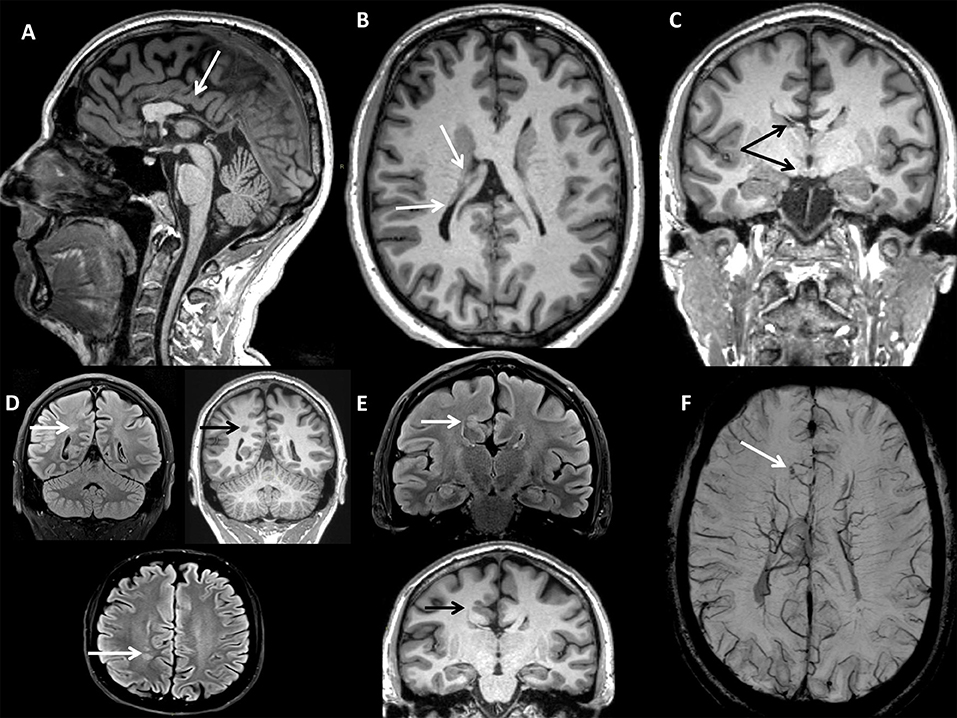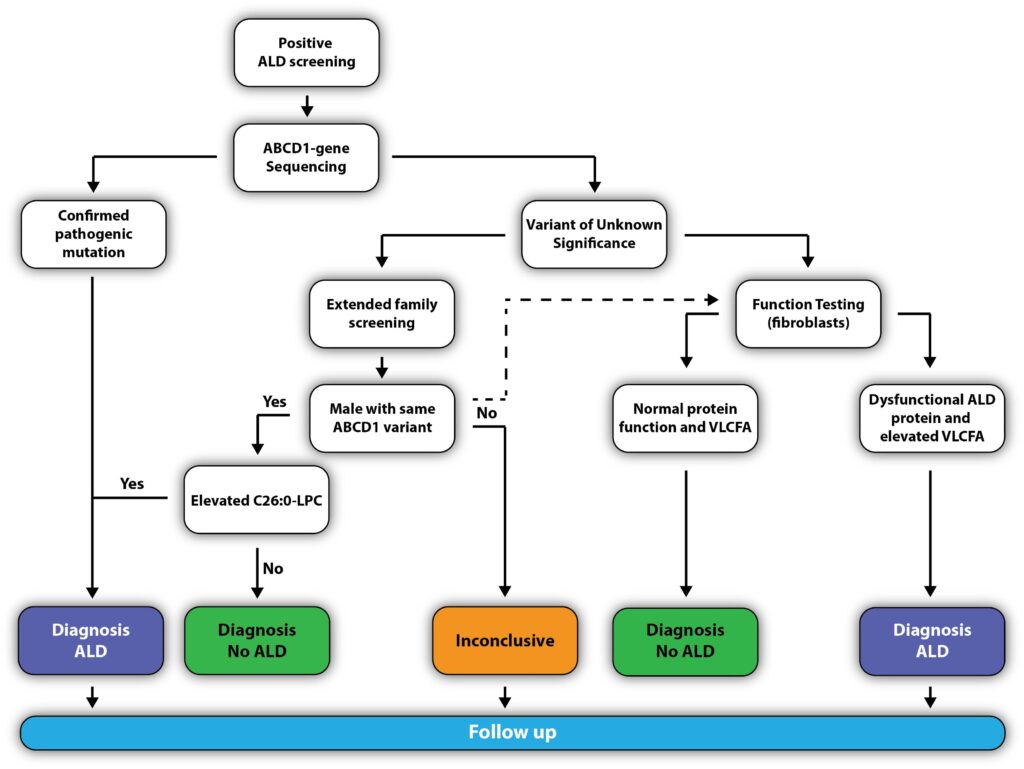Adrenoleukodystrophy, commonly abbreviated as ALD, is a rare genetic condition that affects the nervous system and adrenal glands. This guide aims to provide a comprehensive understanding of this disorder, including its causes, symptoms, diagnosis, and treatment options. By exploring these aspects in detail, individuals and families affected by this condition can gain valuable insights into managing and coping with its challenges.

What Is Adrenoleukodystrophy?
Adrenoleukodystrophy is a hereditary disease that primarily impacts the brain, spinal cord, and adrenal glands. It belongs to a group of disorders known as leukodystrophies, which are conditions that cause damage to the protective covering of nerve cells, called myelin. Myelin is essential for the proper functioning of the nervous system, and when it is damaged, communication between nerve cells is disrupted, leading to various neurological problems.
Types of Adrenoleukodystrophy
There are several forms of this condition, each with distinct characteristics:
- Childhood Cerebral Form: This type typically appears in boys between the ages of four and ten. It is characterized by rapid neurological decline, including difficulties with movement, vision, hearing, and speech.
- Adrenomyeloneuropathy: This form usually develops in adulthood and affects both men and women. It leads to progressive stiffness and weakness in the legs, as well as issues with bladder and bowel control.
- Addison’s Disease Only: In some cases, individuals may only experience adrenal insufficiency, a condition where the adrenal glands do not produce enough hormones. This form may occur without the typical neurological symptoms.
Causes of Adrenoleukodystrophy
This condition is caused by mutations in a specific gene located on the X chromosome. Since it is an X-linked genetic disorder, it predominantly affects males, although females can also be carriers or, in rare cases, exhibit mild symptoms. The mutated gene disrupts the body’s ability to break down certain types of fats, leading to the accumulation of very long-chain fatty acids in the brain and adrenal glands. This buildup is toxic to nerve cells and contributes to the damage seen in this disorder.
Inheritance Pattern
The inheritance pattern of this condition is X-linked recessive. This means that the gene mutation is passed from a carrier mother to her children. Sons who inherit the mutation will develop the condition, while daughters are more likely to be carriers. However, there are exceptions, and in some cases, females may also exhibit symptoms due to skewed X-inactivation, a process where one of the two X chromosomes in females is randomly inactivated.
Symptoms of Adrenoleukodystrophy
The symptoms of this disorder vary depending on the type and age of onset. Below are some of the most common symptoms associated with each form:
Childhood Cerebral Form
- Behavioral changes, such as hyperactivity or withdrawal
- Difficulty with coordination and balance
- Vision and hearing loss
- Seizures
- Deterioration in cognitive abilities, such as memory and problem-solving skills
Adrenomyeloneuropathy
- Stiffness and weakness in the legs
- Difficulty walking or maintaining balance
- Urinary and bowel incontinence
- Mild cognitive decline in some cases
Addison’s Disease Only
- Fatigue and weakness
- Weight loss and decreased appetite
- Low blood pressure
- Darkening of the skin
Diagnosing Adrenoleukodystrophy
Early diagnosis is crucial for managing this condition effectively. Several diagnostic methods are used to identify the presence of this disorder:
Blood Tests
Blood tests can measure the levels of very long-chain fatty acids, which are typically elevated in individuals with this condition. This test is often the first step in diagnosing the disorder.
Genetic Testing
Genetic testing can confirm the presence of mutations in the specific gene responsible for this condition. It is particularly useful for identifying carriers and providing information for family planning.
Magnetic Resonance Imaging (MRI)
An MRI of the brain can reveal abnormalities in the white matter, which is indicative of damage to the myelin. This imaging technique is especially helpful in diagnosing the childhood cerebral form of the condition.
Hormone Tests
Tests to evaluate adrenal gland function can help diagnose adrenal insufficiency, which is a common feature of this disorder. These tests measure hormone levels in the blood and urine.
Treatment Options for Adrenoleukodystrophy
While there is no cure for this condition, several treatment options are available to manage symptoms and slow the progression of the disease:
Dietary Interventions
A diet low in very long-chain fatty acids may help reduce their accumulation in the body. In some cases, a supplement called Lorenzo’s oil is prescribed to lower the levels of these harmful fats. However, its effectiveness varies, and it is not suitable for all patients.
Stem Cell Transplantation
For individuals with the childhood cerebral form, stem cell transplantation may be an option. This procedure involves replacing damaged cells with healthy ones from a donor. While it carries risks, it has shown promise in halting the progression of the disease if performed early.
Hormone Replacement Therapy
For those with adrenal insufficiency, hormone replacement therapy is essential. This treatment involves taking medications to replace the hormones that the adrenal glands are unable to produce.
Physical and Occupational Therapy
Therapies focused on improving mobility, strength, and daily living skills can significantly enhance the quality of life for individuals with this condition. These therapies are particularly beneficial for those with adrenomyeloneuropathy.
Living with Adrenoleukodystrophy
Managing this condition requires a multidisciplinary approach involving healthcare providers, therapists, and support networks. Families and caregivers play a crucial role in providing emotional and physical support to affected individuals. Education about the disorder, access to resources, and participation in clinical trials or research studies can also empower patients and their families to navigate the challenges posed by this condition.
Support Groups and Resources
Connecting with others who are facing similar challenges can provide comfort and practical advice. Numerous organizations and online communities offer support, advocacy, and educational materials for individuals and families affected by this disorder. Engaging with these resources can foster a sense of community and hope.
Research and Advances
Ongoing research is exploring new treatments and potential cures for this condition. Gene therapy, for example, holds promise as a future treatment option. Staying informed about advancements in the field can help individuals and families make informed decisions about care and participate in innovative therapies.





